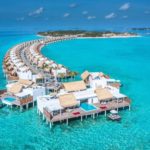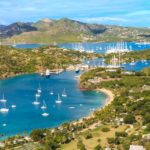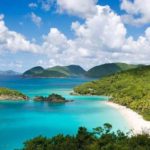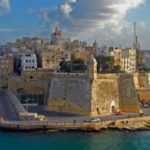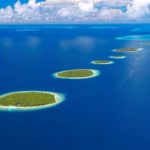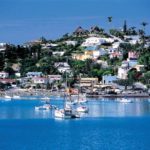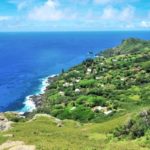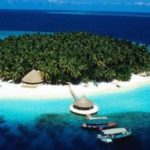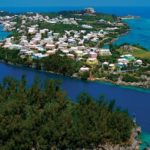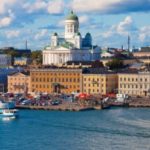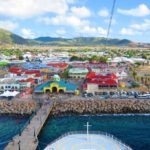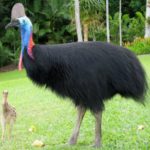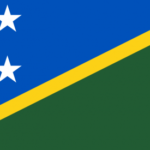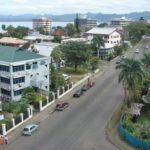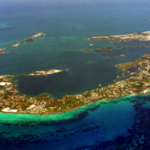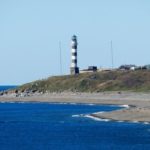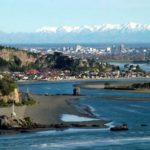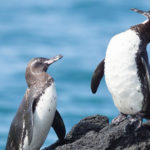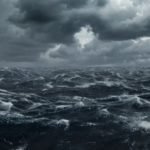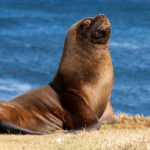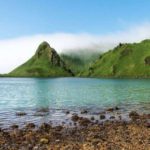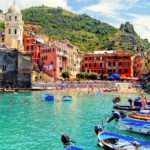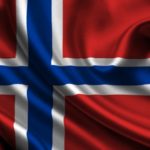25 interesting facts about the Faroe Islands
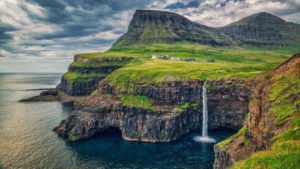 How many can accurately find the Faroe Islands on a map? They are located in Northern Europe, but do not assume that they are lifeless and uninteresting. On the contrary, the nature here is harsh, but simply amazing – the fjords, covered with low grass, meadows, the cold sea … Here you can still feel the echoes of the local culture that existed in the Faroe Islands hundreds of years ago.
How many can accurately find the Faroe Islands on a map? They are located in Northern Europe, but do not assume that they are lifeless and uninteresting. On the contrary, the nature here is harsh, but simply amazing – the fjords, covered with low grass, meadows, the cold sea … Here you can still feel the echoes of the local culture that existed in the Faroe Islands hundreds of years ago.
There is a strict ban on the sale of alcohol. You can buy it, it is very limited, and it costs a lot. Moreover, this ban was introduced almost immediately after the right to vote in the Faroe Islands was given to women.
In many supermarkets in the Faroe Islands you can buy sheep’s heads, usually frozen. This is a very popular food here.
Faroese schoolchildren are taught in lessons, among other things, how to slaughter and slaughter sheep. Sheep here is the main meat.
Theft in the Faroe Islands is absent completely. Many locals never lock doors.
Fish and other seafood account for about 97% of exports from the Faroe Islands.
There was once a dry law, and it was completely impossible to buy alcohol.
The bridge located here called Streymin connects the two islands of the Faroe Archipelago. It is notable for being the only bridges in the entire Atlantic Ocean.
Weather forecasts on the Faroe Islands are useless, because the weather changes several dozen times a day. Locals usually do not leave home without an umbrella.
The average daily temperature in summer and winter differs by only seven degrees.
By geological standards, the Faroe Islands are not so old. They formed about 30 million years ago.
There are free buses in the capital. There are also paid ones – it is necessary to clarify so as not to get into an awkward situation.
Faroe farmers usually tie reflective elements to their sheep so that they do not die under the wheels of cars if they accidentally go out on the road in the dark.
On average, in the Faroe Islands there are only 70-75 days a year without precipitation. On other days there is either snow or rain, and fogs are frequent here.
The climate in the Faroe Islands is quite mild, given the location of the islands near the Arctic Circle. The warm course of the Gulf Stream, washing the archipelago, makes its contribution.
There are no McDonald’s establishments in the Faroe Islands.
There is no prison here. Rare offenders travel to Denmark.
All Faroe Islands account for only three traffic lights. In this case, an accident here almost never happens.
As in Iceland, it is often covered with turf with the grass growing on it, the roofs of private houses. This helps to keep warm, and looks nice.
For almost the entire Second World War, for five years, the Faroe Islands were occupied by the British, who feared that otherwise the archipelago would come under German control.
The official languages are Faroese and Danish, but almost all residents also speak English.
Ethnic Faroese account for about 90% of the population of the archipelago.
About 240-250 times fewer people live on all Faroe Islands than in Moscow.
Officially, the Faroe Islands are part of the Kingdom of Denmark, but in fact they are a self-governing state entity from the middle of the 20th century.
Almost all the houses here are painted in bright colors, so any towns and villages on the Faroe Islands look very picturesque.
The capital of the Faroe Islands is the city of Thornshavn, and it has been fulfilling this role since the middle of the 9th century.
